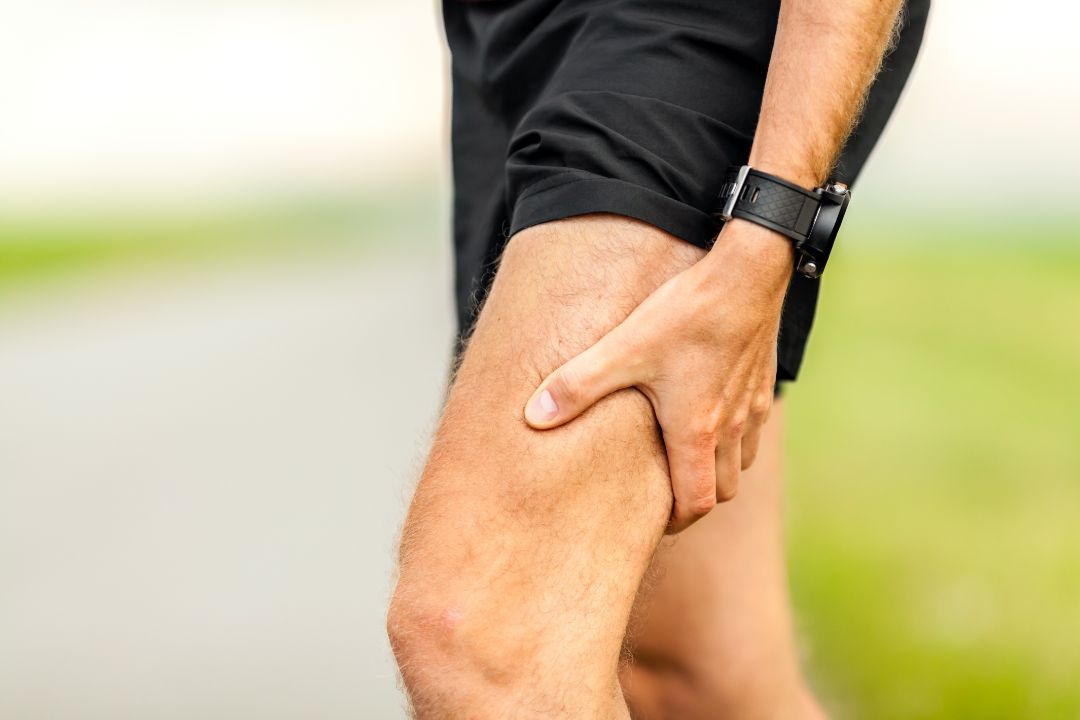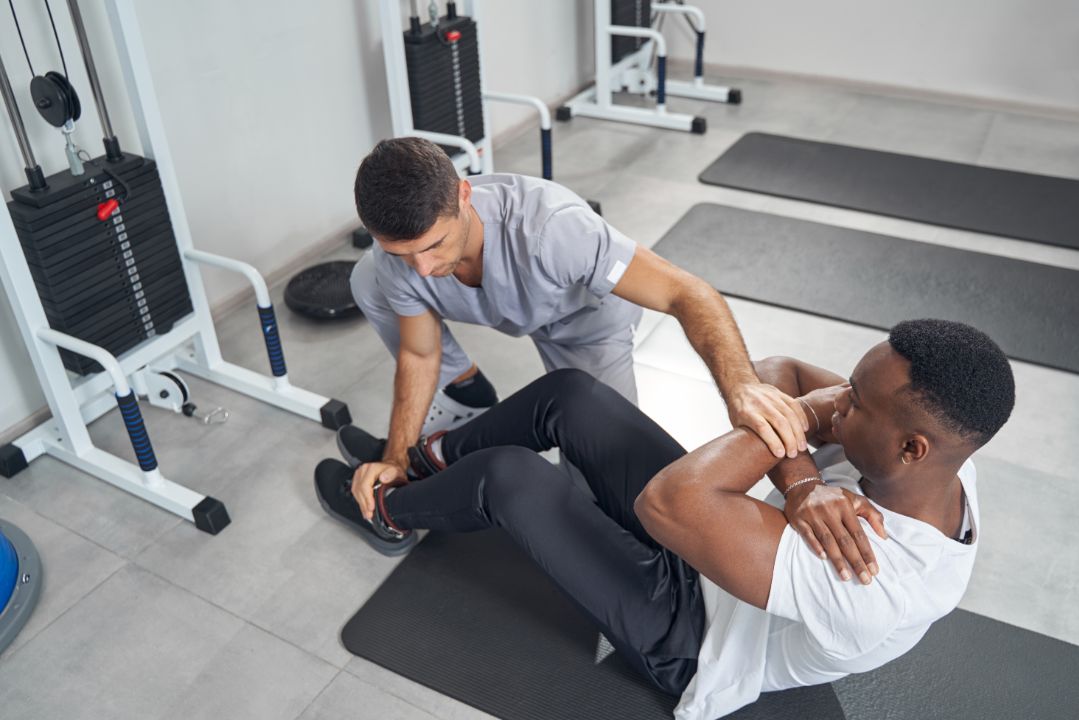Muscle pain & injury can be debilitating, impacting one’s day-to-day life and physical activities. Finding relief and promoting recovery for a better quality of life is essential. With expert tips tailored for Australians, this article aims to provide valuable insight into various aspects of muscle pain & injury.

Photo Credit: blas, Envato
Muscle strains occur when a muscle is pulled or torn due to excessive force or overuse. Common symptoms include pain, stiffness, and muscle weakness. Mild to moderate strains can usually be treated at home with rest, ice, and compression, while more severe strains may require medical attention.
Delayed onset muscle soreness (DOMS) is a common type of muscle pain that usually occurs after intense physical activity. Symptoms may include muscle stiffness, tenderness, and temporary loss of strength. DOMS typically subsides within a few days and can be managed with over-the-counter pain relievers and rest.
Understanding the different types of muscle pain and injuries can help you identify the best treatment method for your specific situation. If you’re unsure about the severity of your muscle pain or injury, it’s always advisable to seek professional medical advice to prevent further damage and promote effective recovery.

Photo Credit: voronaman111, Envato
Muscle injuries can be painful and disruptive, but several treatment options are available to help promote healing and manage pain.
The RICE method is a common treatment for many types of muscle injuries, including strains and sprains. Rest the affected area, apply ice for 20 minutes at a time several times a day, wrap the injury with compression bandages, and elevate the affected area above heart level to reduce swelling.
In some cases, physical therapy may be recommended to help with muscle injury recovery. A therapist can guide patients through exercises and stretches that can help rebuild strength and flexibility in the injured muscle.
Over-the-counter pain medications, such as acetaminophen and ibuprofen, can help manage pain and reduce inflammation. However, following dosage instructions carefully and consulting with a healthcare provider before taking any new medications is important.

Photo Credit: debbalba, Envato
Prescription medications or muscle relaxants may be necessary for more severe muscle injuries.
During the recovery process, it is important to manage muscle pain effectively. This can include applying heat or ice, practicing gentle stretching, and taking pain medications as prescribed by a healthcare provider.
In addition, alternative therapies such as massage, acupuncture, and chiropractic care may also help manage muscle pain.
Individuals with muscle injuries need to work closely with a healthcare provider to determine the best course of treatment and ensure proper healing.
Maintaining a healthy and active lifestyle is crucial to preventing muscle pain and injury. Here are some proactive measures you can take:
Remember, prevention is key to avoiding muscle pain and injury. By taking proactive measures, you can maintain an active and healthy lifestyle while reducing your risk of injury.
After a muscle injury, allowing time for recovery and rehabilitation is crucial. Rushing back into physical activity can result in further damage and prolonged recovery.
During the initial recovery phase, it is important to rest the affected muscle and apply ice to reduce swelling. Gradual progression to mobility exercises and light stretching should follow under the guidance of a medical professional or physical therapist.
For more severe injuries, seeking professional help is crucial for rehabilitation. A physical therapist can create a personalised rehabilitation plan, including exercises to regain strength and flexibility in the affected muscle.
Along with physical therapy, other strategies for pain relief may include heat therapy, massage, and over-the-counter pain medications. However, it’s important to follow the guidance of a medical professional before starting any new treatments.

Photo Credit: Iakobchuk, Envato
Remember, proper recovery and rehabilitation will help prevent re-injury and ensure full recovery.
Common causes of muscle pain and injury include overuse, improper warm-up, inadequate stretching, sudden impact or trauma, and poor posture.
You can try home remedies such as applying ice or heat, taking over-the-counter pain medications, practising gentle stretching exercises, and getting sufficient rest and sleep to relieve muscle pain.
It is recommended to seek medical help for a muscle injury if you experience severe pain, inability to move the affected muscle, swelling, bruising, or if the pain persists for over a few days.
To prevent muscle pain and injury, it is important to properly warm up before engaging in physical activity, regularly stretch to maintain flexibility, maintain good posture, and incorporate strength and conditioning exercises into your routine.
The recovery time for a muscle injury varies depending on the severity of the injury and individual factors. It is important to rest and gradually progress with rehabilitation exercises, seeking professional help if necessary.